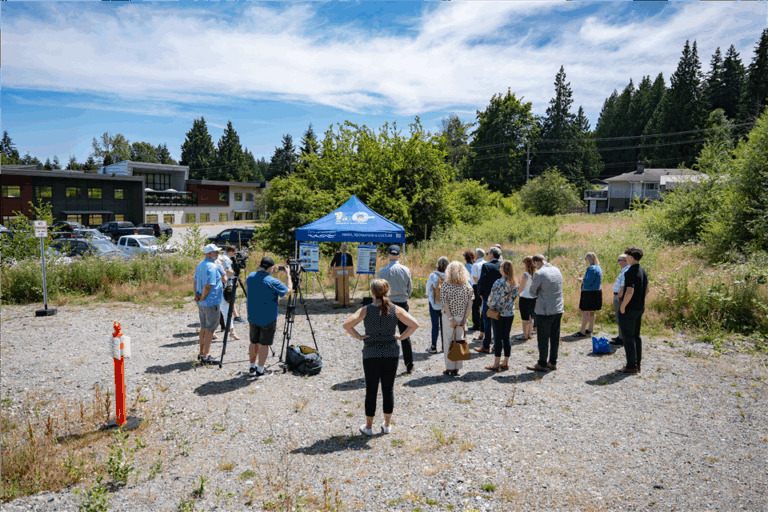The Government of Newfoundland and Labrador has released the updated pre-feasibility study for a fixed link between Labrador and the island of Newfoundland.
“The concept of a fixed link is a nation-building prospect that could potentially have social and economic benefits for Newfoundlanders and Labradorians and all Canadians,” said Premier Dwight Ball. “Consistent with the goals we set out in The Way Forward, any future decisions regarding this project must strengthen the province’s economic foundation and improve outcomes for the people of our province. While the study shows that a fixed link is technically feasible, it is a long-term, national project that will require significant partnerships. I look forward to continuing conversations informed by this report.”
Memorial University’s Leslie Harris Centre of Regional Policy and Development completed the report that is an update of the 2004 study by the Harris Centre. The 2004 study provided an independent examination of the economic and technical implications and the construction viability of a fixed transportation link across the Strait of Belle Isle.
The updated report includes new geological research, innovations in tunnel technology, updated labour and material costs, and other factors that may have an impact on the original cost and time estimates. Hatch Limited updated the engineering study for the report while the Harris Centre’s Regional Analytics Lab completed the economic impact analysis.
The report includes a review of three fixed link tunnel concepts: a single rail, single road, and double road. It concludes that a tunnel bored using tunnel boring machines, with an electric train shuttle to transport vehicles, is the most technically and economically feasible alternative.
The report breaks down the level of public financing that is required for the project, as well as the viability of the project being executed as a P3. From page 7 of the report:
Proceeding with the project will therefore require access to public funding. Various financing scenarios involving grants or contributions were considered to identify financial conditions under which the project could proceed. (To create a more robust projection, the table below assumes two scenarios: one where 60% of the Gulf Ferry service is rerouted to the Fixed Link and another where only 40% is redirected.) The main finding is that a total contribution in the order of $1.37 billion to $2.10 billion would be required for the project to provide a return of 8%. This is still below the private finance threshold considered currently applicable, except perhaps for longterm debt; however, it illustrates the level of public support that is required for advancing the project.
Proceeding with this project as a Public‐Private partnership (P3) appears feasible. It seems worthwhile to evaluate the potential of a Design‐Build‐Finance‐Operate‐Maintain (DBFOM) approach on the condition that the Federal and Provincial governments are willing to pay for the majority of the initial capital cost and they allow a private operator to charge tolls. The tolls would pay for the operating costs and for part of the capital costs.
The report is available online at: http://www.tw.gov.nl.ca/publications/fixedlink2018.pdf











